Thangka ~ taken from water
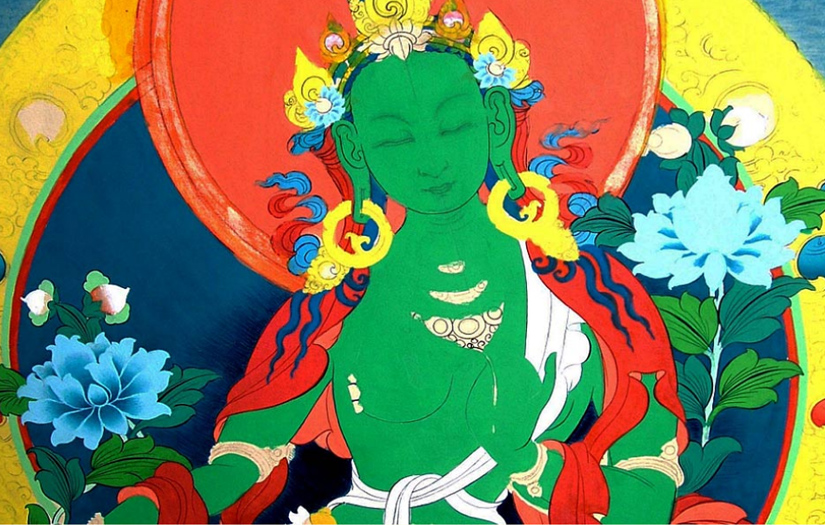
Thangka paintings are not an object of decoration, nor should they be regarded as a mere portraiture of Buddhist monks. These paintings are spiritual manifestation that offer the practitioner a chance to reflect and meditate by exploring Buddhists ideals.
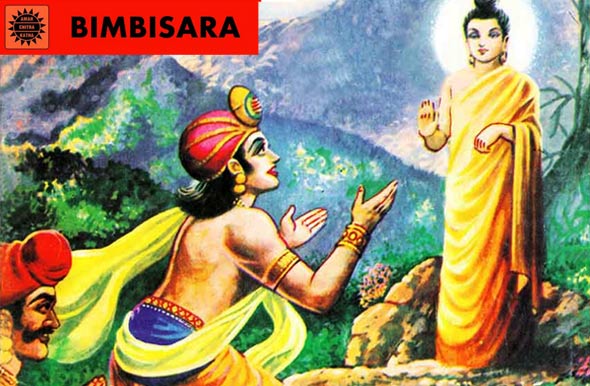
Thangka folklore
A folklore tells us that the first Thangka was painted in ancient Bihar in Buddha’s presence. Two eminent kings of the region Utayana and Bimbisara had a custom of exchanging gifts. Once, Bhimbisara received a magnificent jewel from Utayana. After pondering over how he should thank the generous King in return, Bhimbisara decided to send a portrait of Buddha. When court artists started their painting, every glance at Buddha left them enthralled in awe. Buddha could clearly see the failing efforts of the earnest artists; hence he guided them to the nearest pool and advised them to paint from his reflection in the water. With his further advice, the artists completed the painting depicting twelve links of dependent originations and religious teachings. The resulting painting was called Thangka, meaning ‘taken from water’.
An artist who paints Thangka adheres to a strict moral code. He should be borne with modesty and a high devotion towards religion. Sound senses and cleanliness of body and mind are required to paint a Thangka. Some subjects even require abstinence from meat, alcohol, onion and garlic.

Before the painting begins, the artist cleans his place and takes a bath. Then the canvas, paints and brushes are brought to the place. To bring out the best from his work, the artist makes an offering of water to his deity, this is followed by meditation to get purified. The canvas is painted in several stages and any mistake can affect the religious values of the painting. Thangka is considered to be a path towards enlightenment, which if taken by the patron will result in his peace and prosperity.~
Read more about Painting ~ Gaatha.org

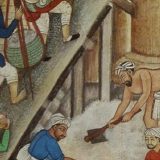
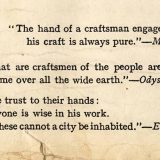







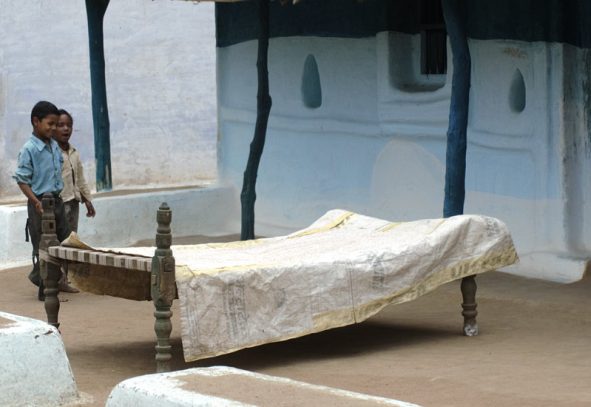
Shorey Subramaniam
Good article about ancient crafts from Himalayan region.